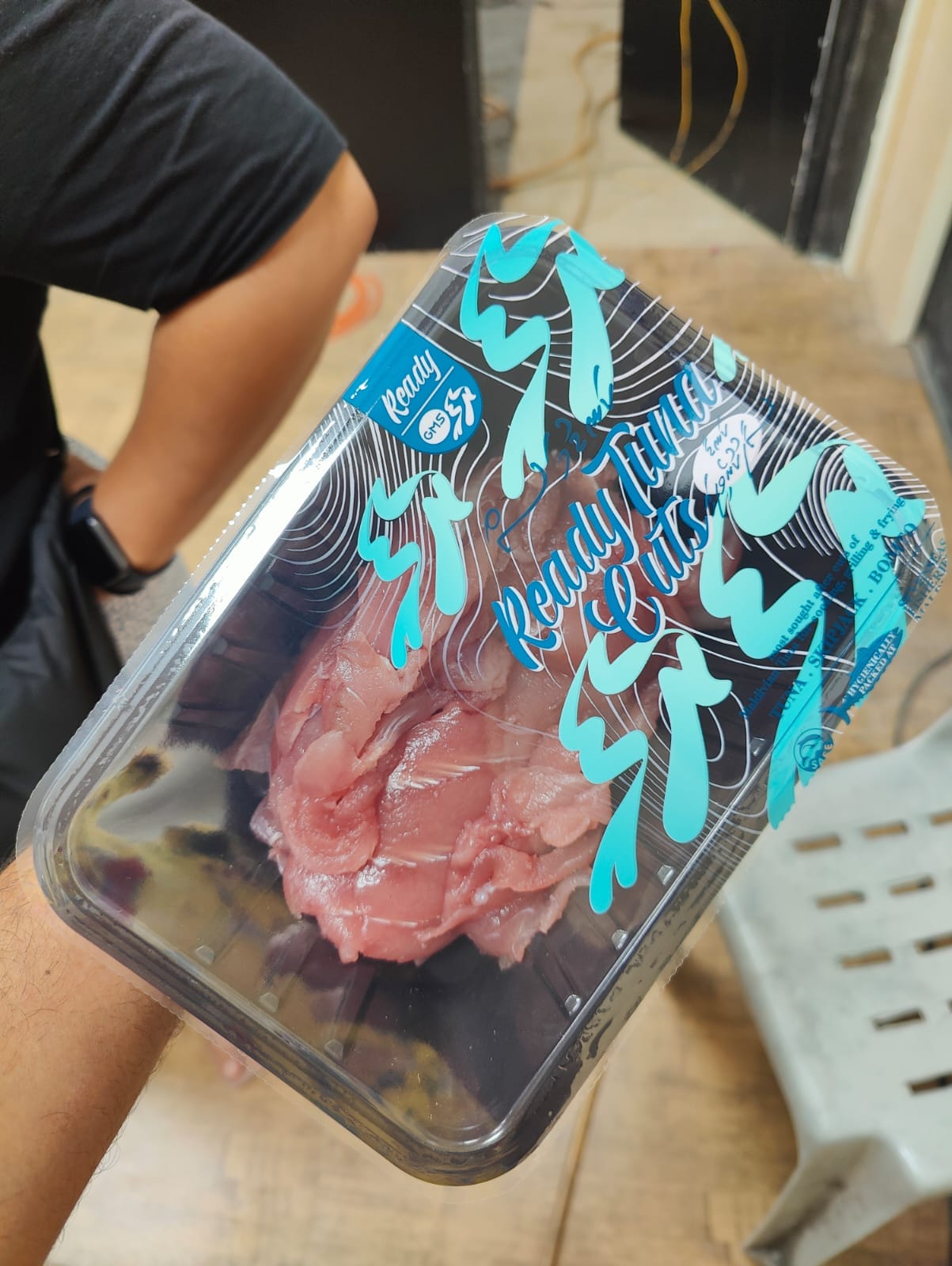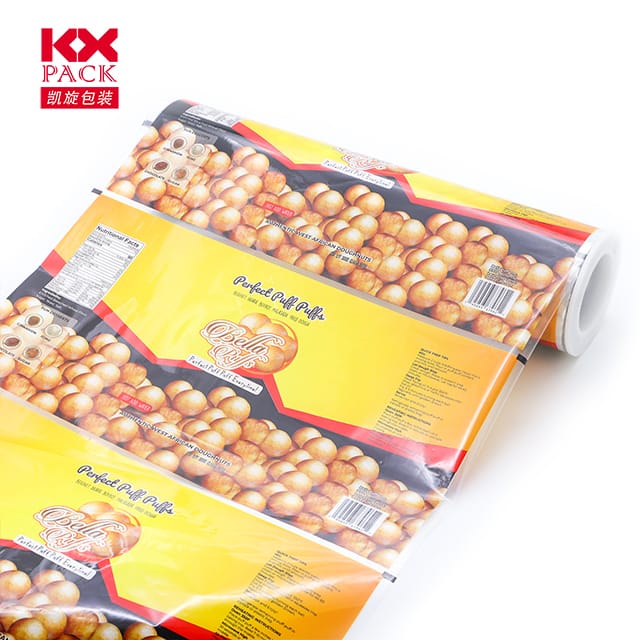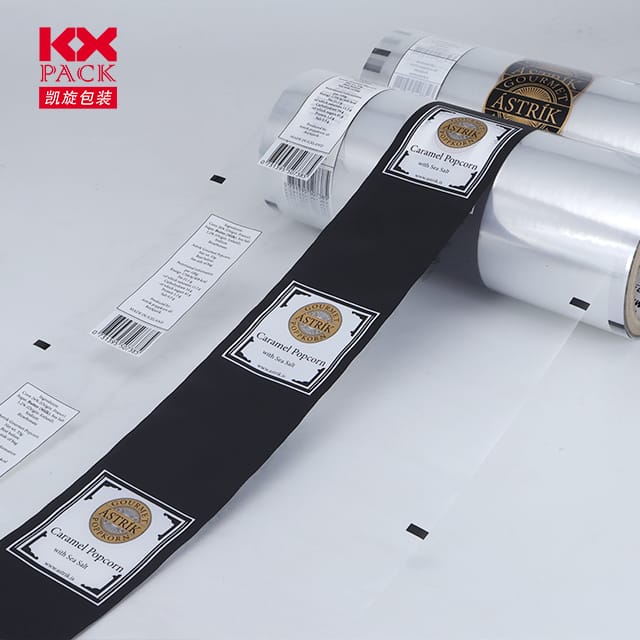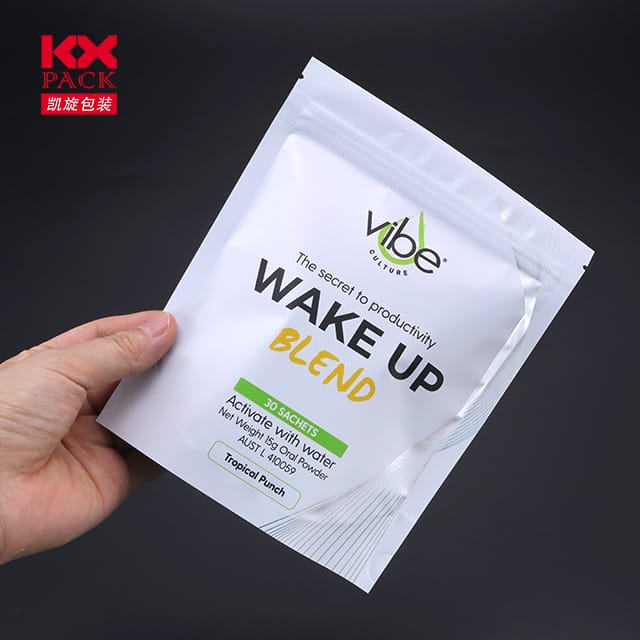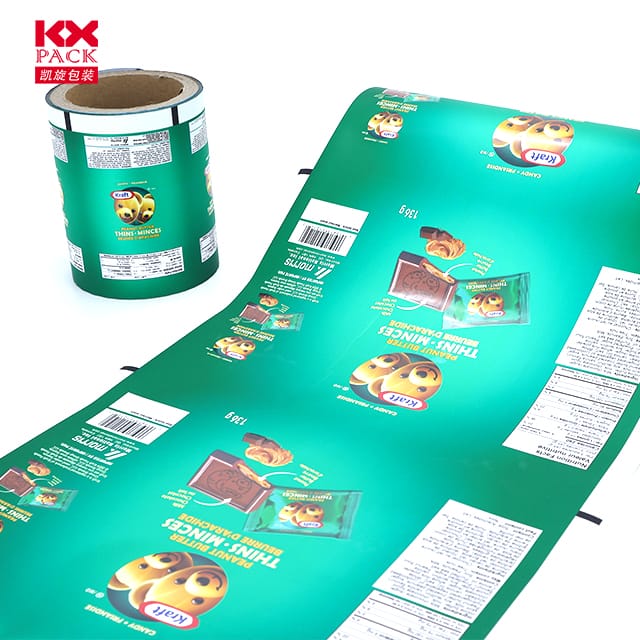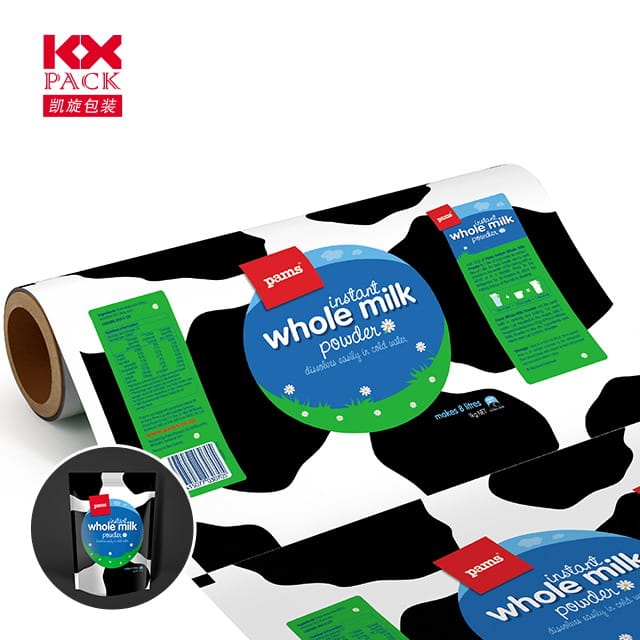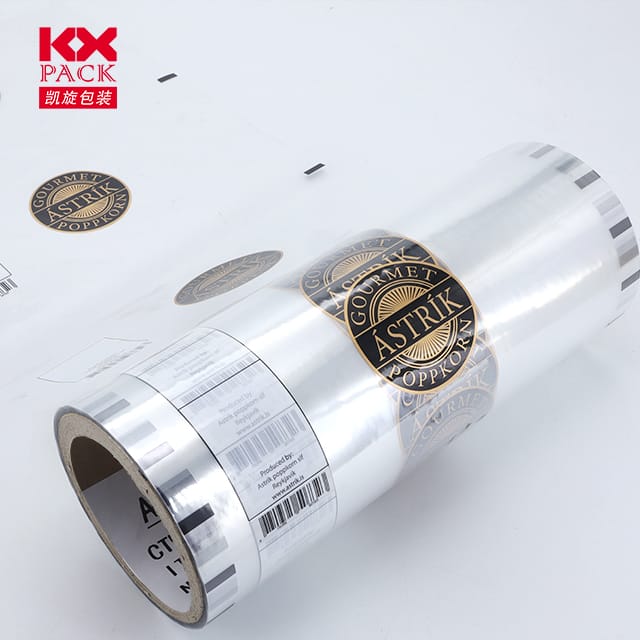Éabhlóid agus Tionchar Pacáistiú Scannán Solúbtha: Réabhlóid Inbhuanaithe (6)
Scannáin sholúbtha
In an era where sustainability, áise, agus réitigh pacáistithe tiomáinte nuálaíochta, flexible films packaging has emerged as a cornerstone of modern industry. Ó bhia agus chógaisíocht go leictreonaic tomhaltóra, tá na hábhair inoiriúnaithe seo ag athmhúnlú conas a chosnaítear táirgí, iompair, agus curtha i láthair. Déanaimis iniúchadh ar an dinimic, Treochtaí, agus acmhainneacht na hearnála dinimiciúil seo amach anseo.
What Are Flexible Films Packaging?
Flexible films packaging refers to lightweight, non-rigid materials used to encase products. Unlike traditional rigid containers, these films—often composed of polymers like polyethylene (Corpoideachas), polapróipiléine (PP), or multi-layer composites—conform to the shape of their contents, minimizing waste and optimizing space.
I measc na bpríomhthréithe tá:
- Éadrom & Marthanach: Reduces shipping costs and carbon footprints.
- Airíonna bacainn: Protects against moisture, ocsaigine, agus solas, seilfré a leathnú.
- Customizability: Printable, sealable, and adaptable to diverse formats (púitses, málaí, wraps).
Fás sa mhargadh & Key Drivers
The global flexible packaging market was valued atUSD 210.62 billiún i 2023 and is projected to reachUSD 238.91 billiún ag 2029, ag fás ag CAGR de2.12%. I measc na bpríomhthiománaithe tá:
- Shift from Rigid to Flexible Solutions: Brands prioritize cost-efficiency and sustainability, favoring flexible films over heavier, less eco-friendly alternatives.
- Borradh ríomhthráchtála: Online retail demands lightweight, damage-resistant packaging for safe deliveries.
- Cúram sláinte & Food Demand: Pharmaceuticals and perishable goods require sterile, airtight packaging, fueling innovation in high-barrier films.
Innovations in Material Science
Recent advancements in flexible film technology focus onsustainability and performance:
- Mono-Material Structures: Is maith le cuideachtaí Huhtamaki are pioneering single-polymer films (E.g., PE or PP) to simplify recycling.
- Scannáin in -bhithmhillte: Made from renewable resources (E.g., PLA), these reduce plastic waste.
- Bratuithe ardbhaisc: Advanced polymers like polyvinylidene chloride (PVDC) or ethylene vinyl alcohol (Evoh) enhance shelf life without compromising recyclability.
Regional Dynamics
Asia-Pacific dominates the market, cuntasaíocht do58% of global volume in 2023, tiomáinte ag:
- Rapid Urbanization: Rising middle-class populations in China and India boost demand for packaged goods.
- E-commerce Expansion: Online shopping platforms like Alibaba and Flipkart rely on flexible films for efficient logistics.
- Brú rialála: Governments mandate eco-friendly packaging, accelerating adoption of recyclable/compostable films.
Dúshláin & Dearcadh amach anseo
Despite growth, the sector faces hurdles:
- Castacht Athchúrsála: Is deacair scannáin ilchiseal a scaradh, complicating circular economy efforts.
- Luaineacht amhábhar: Fluctuating polymer prices impact margins.
ach, the future looks promising:
- Pacáistiú Cliste: Films embedded with sensors for freshness tracking or anti-counterfeiting.
- Circular Design: Modular, reusable packaging systems that minimize waste.
- Collaborative Innovation: Partnerships between material scientists, brands, and recyclers to close the loop.
Conclúid
Flexible films packaging is more than a convenience—it’s a strategic imperative for a sustainable future. As brands and consumers demand smarter, greener solutions, this sector will continue to evolve, blending cutting-edge science with practical design. The road ahead? A balance of innovation, freagracht, and adaptability to meet the needs of a changing world.
Stay tuned for more insights on packaging trends—where science meets sustainability! 🌍📦✨
Foinsíocht: QYResearch, Margaí agus margaí, GlobeNewswire, Packaging World

